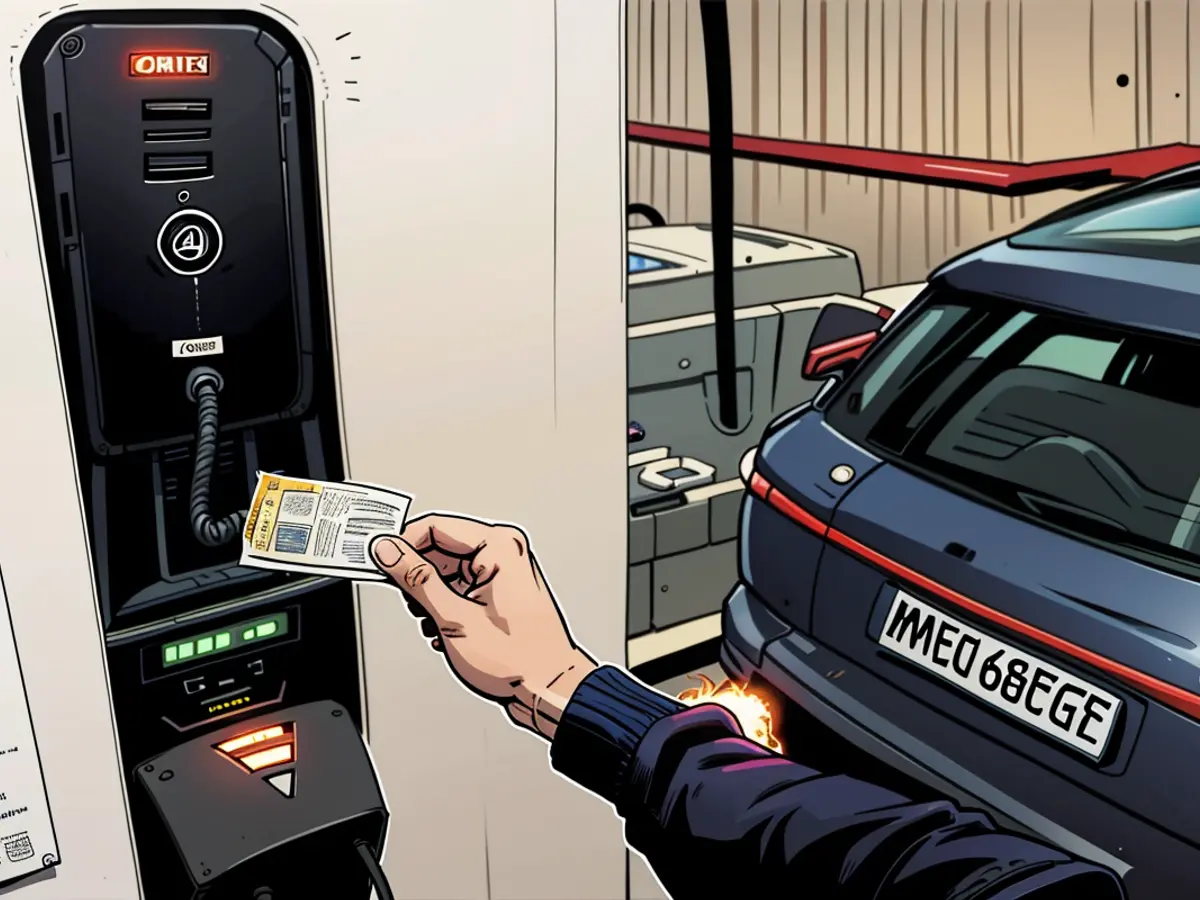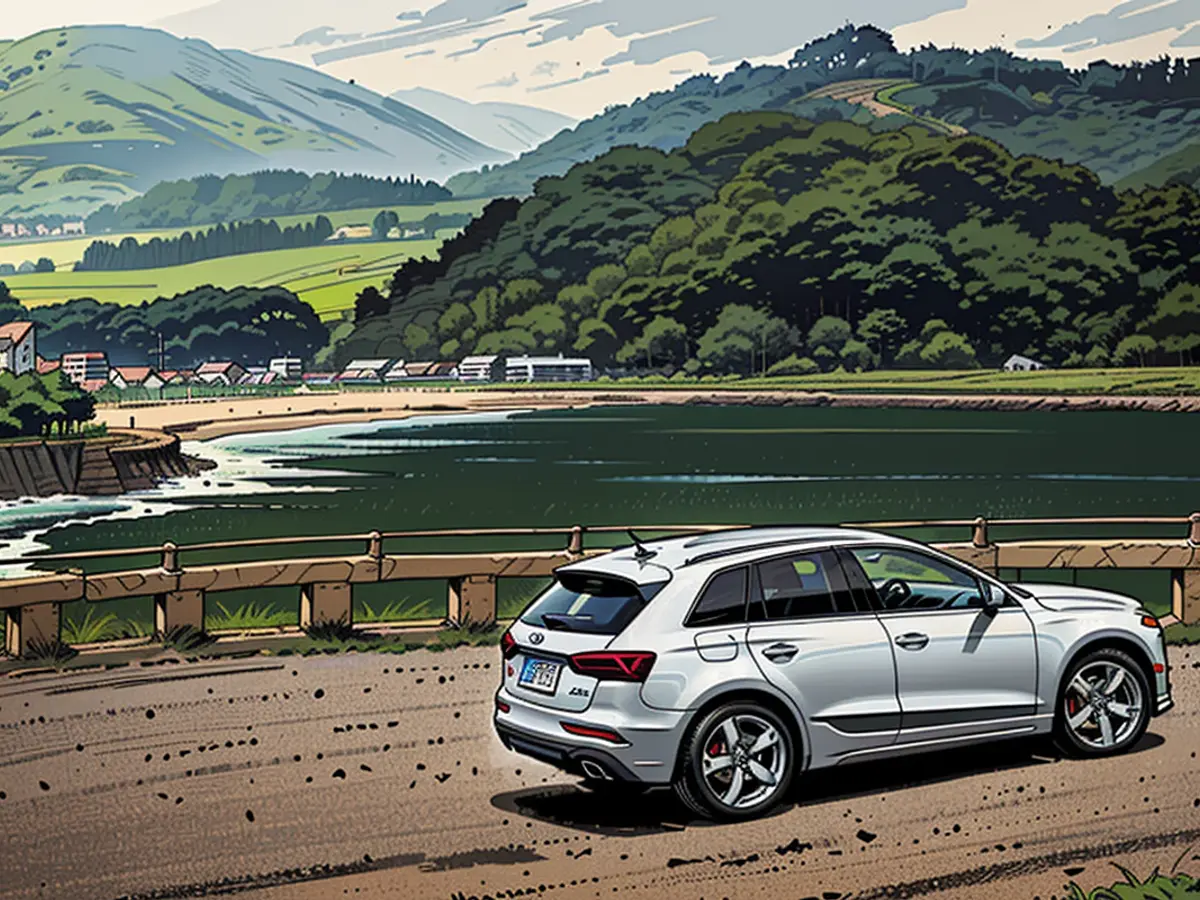Audi Q6 E-Tron - mid-size SUV with fast charging technology
The Q6 eTron is set to sharpen Audi's model lineup and take Germany a step further in electromobility. ntv.de has driven the electricity that the Ingolstadt residents have been eagerly awaiting.
Audi has done well in electromobility. With the SUV e-Tron, the Ingolstadt residents were among the first, as well as with the sport limousine e-Tron GT, which is known to be a rather slow charger. And then there would be the more affordable Q4 e-Tron based on the modular electric build kit - with rather poor range. So all that's needed is a balanced model with decent range. And preferably one with good range performance.
This task falls to the Q6 e-Tron. This model is eagerly anticipated, especially since it was supposed to be presented in 2022 - rumors of electronics problems are said to be the reason for the delay. Now, the middle-class car is finally here. And those who look at the newcomer may well be in for a surprise. All the more so if they have previously inspected the futuristic Concept Vision New Class X from BMW's stable.
Conservative Styling
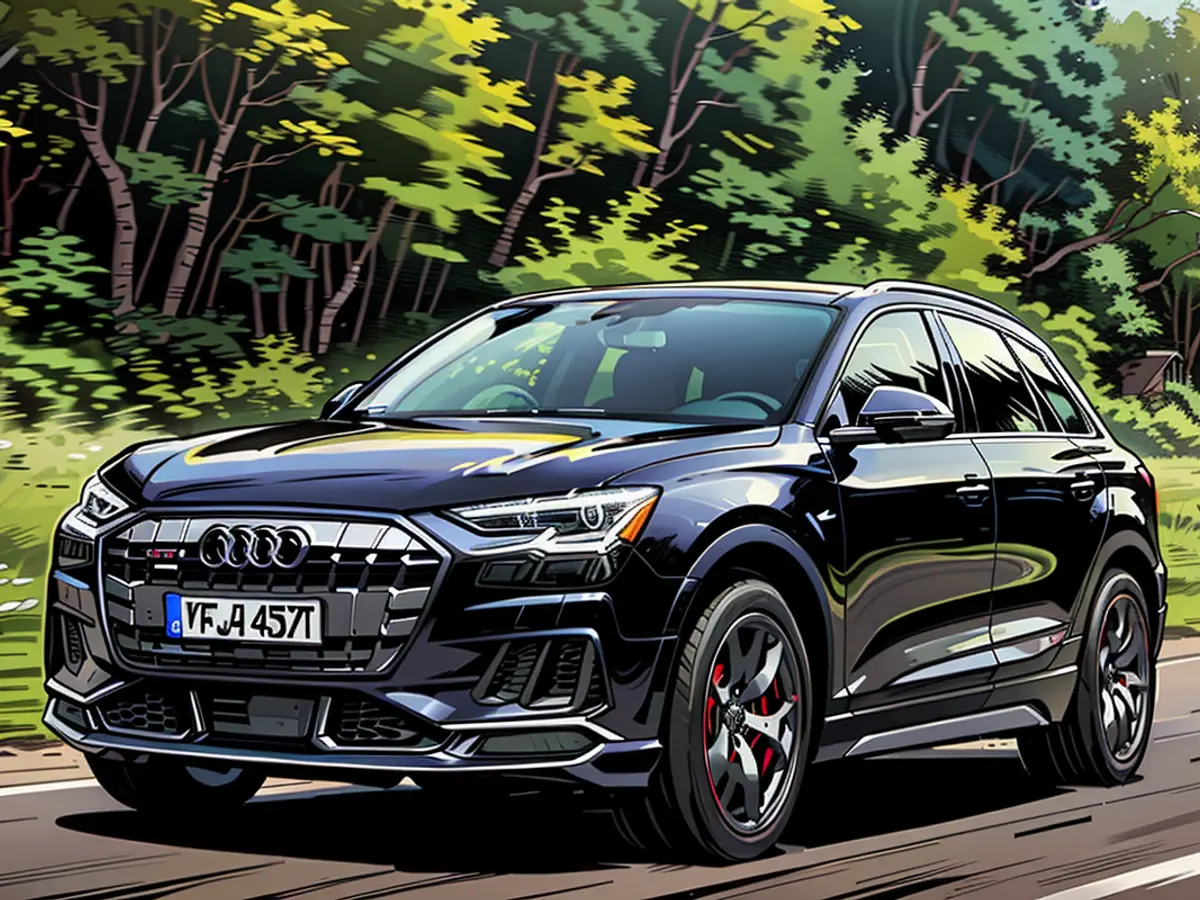
The novelty value of the conservatively styled Q6 must be sought in earnest. Digital OLED rear lights with customizable light designs in the menu help little, although this playfulness is somehow charming.
However, the styling of the Bavarian may not have been chosen so foolishly. After all, the Q6 is not meant to attract young hipsters, but rather established personalities of middle age with a good job and a sense of solid form language without gimmicks.
Modern Interior
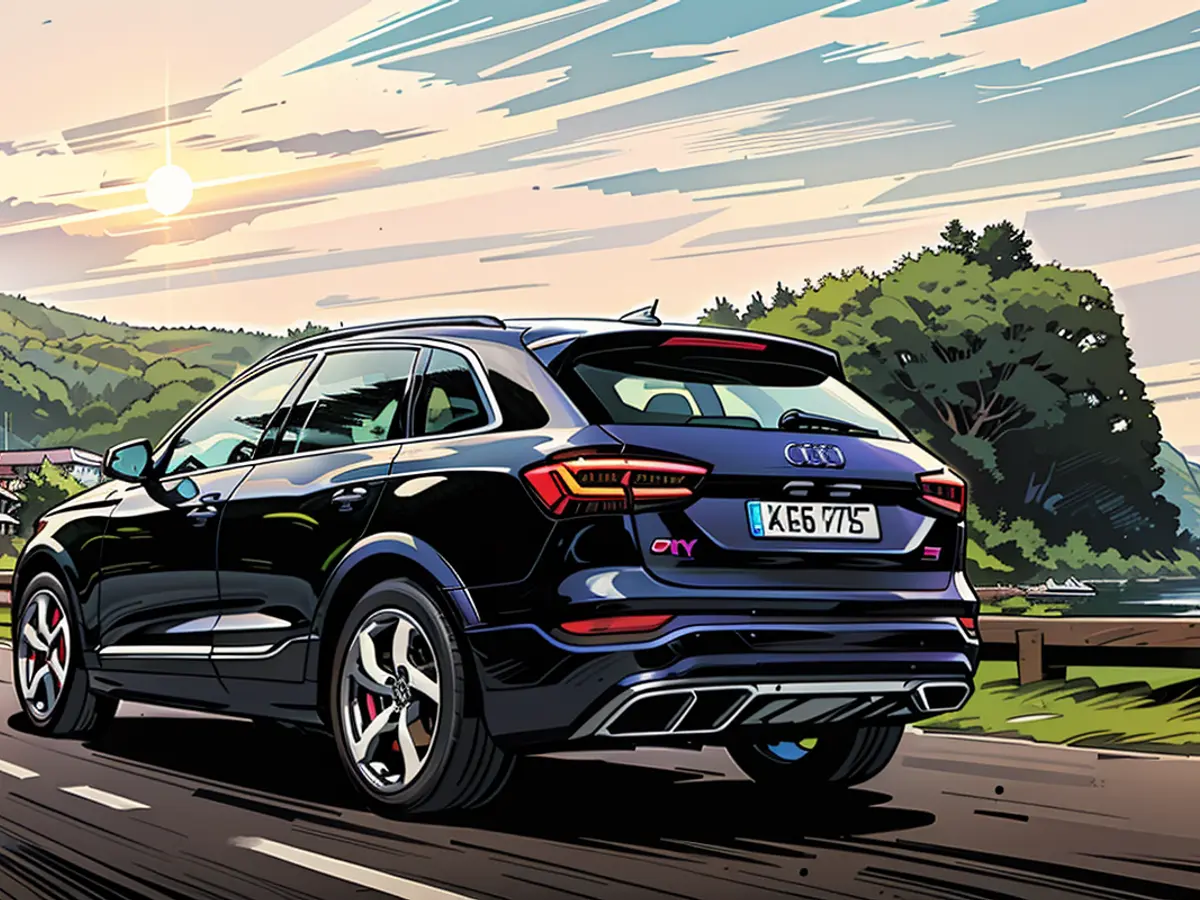
The architects have not given the new Audi a noticeable rejuvenation treatment inside. A wide screen with a noble rounding (plus a display for the passenger upon request) replaces the somewhat awkward instruments at Audi. Here, the driver can enjoy a richly stocked menu, for whose virtuous mastery it would take some time. Fortunately, there is a physical button for the assistant menu in the center console, so the driver does not have to search for long to limit the farewell to autonomous driving.
Now, the Q6 is eager to be tested. Audi is reluctant to bring the base version (306 PS and rear-wheel drive) along. And even this one costs a hefty 68,800 euros at entry-level price. Hopefully, there will be future versions with smaller batteries for customers who don't need 100 kWh battery capacity. And batteries are the price drivers.
And so begins the first test drive with the 388 PS all-wheel model. It was clear from the outset that the all-wheel vehicle would not lack power. So the all-terrain vehicle marches confidently forward. But its remarkable skills lie elsewhere. First, it seems that the weight specs indicated that the 4.77-meter long SUV should be notably quiet, which has indeed been achieved. And second, those Audi enthusiasts who expected a stiff chassis (optionally air suspension) will be surprised. The air-suspended chassis (upgrade) is not stiff at all, making the Q6 an attractive recommendation for comfort lovers. To match this, there are ergonomically well-designed seats with all kinds of tech features, including an effective massage function.
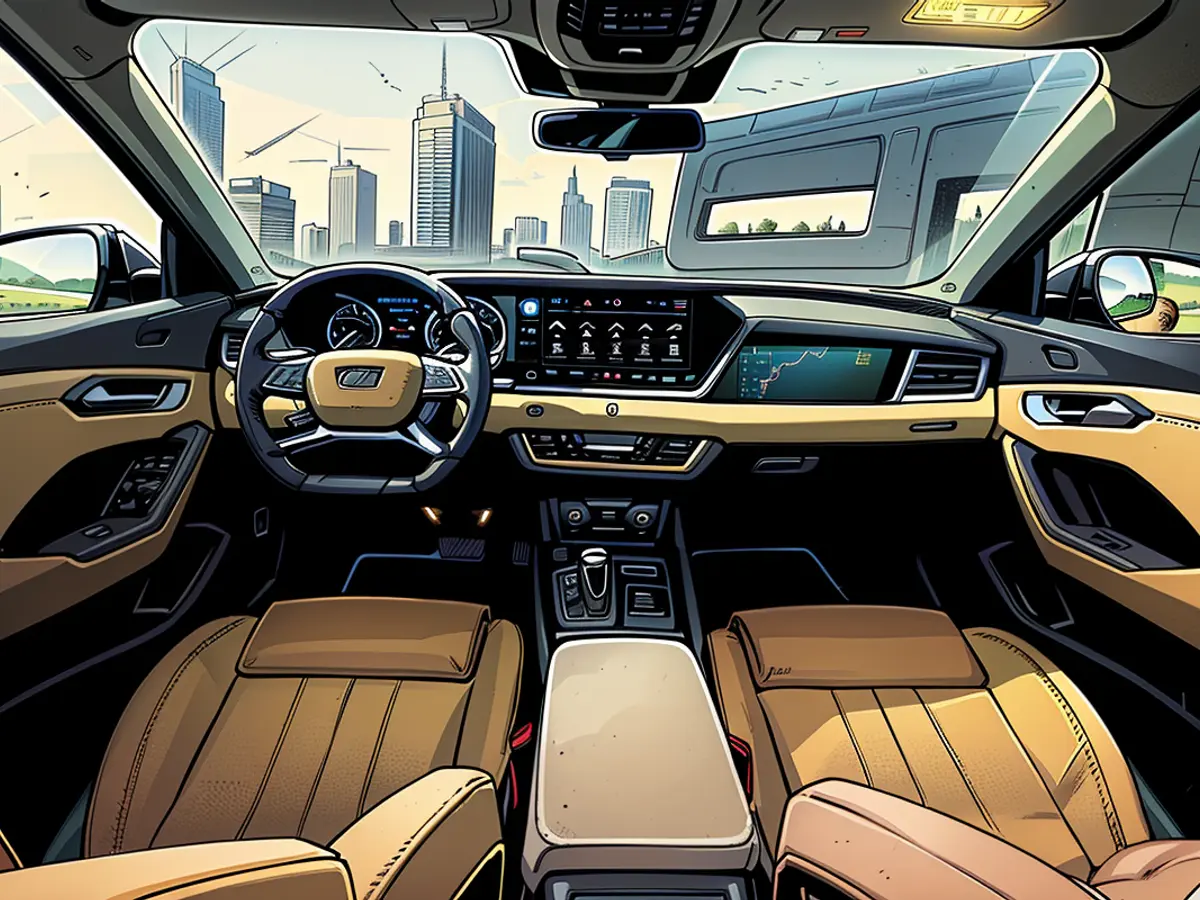
The Ingolstadt residents cannot help but add a little more to the SQ6 with the SQ6. And it's not just the power that increases from 388 to 517 PS. The price goes up as well, from 74,700 to an official 93,800 Euro. The compact 4x4 even outperforms its larger brother SQ8 e-Tron in terms of power, despite the latter being 2.4-tonnes and around 300 kilograms heavier. The Six pushes off powerfully, reaching 100 km/h in 4.3 seconds. This beats the all-wheel-drive Q6 by 1.6 seconds in the sprint. The top speed is now 230 km/h instead of 210 km/h.
Audi's PPE project focuses on efficiency
Audi, with its PPE project (Premium Platform Electric), is pursuing a different goal than, for instance, Porsche with the Macan, which also uses this architecture. Even in the sporty version, the Ingolstadt car is less aggressive, although it's far from being completely docile. The importance of efficiency here is evident from the motor configuration: A synchronous electric motor works in the front, which can be pulled along without generating significant braking torque when its load is reduced. In contrast, a more efficient permanent magnet synchronous machine works at the rear. Porsche, however, does without the asynchronous motor and remains performance-oriented.
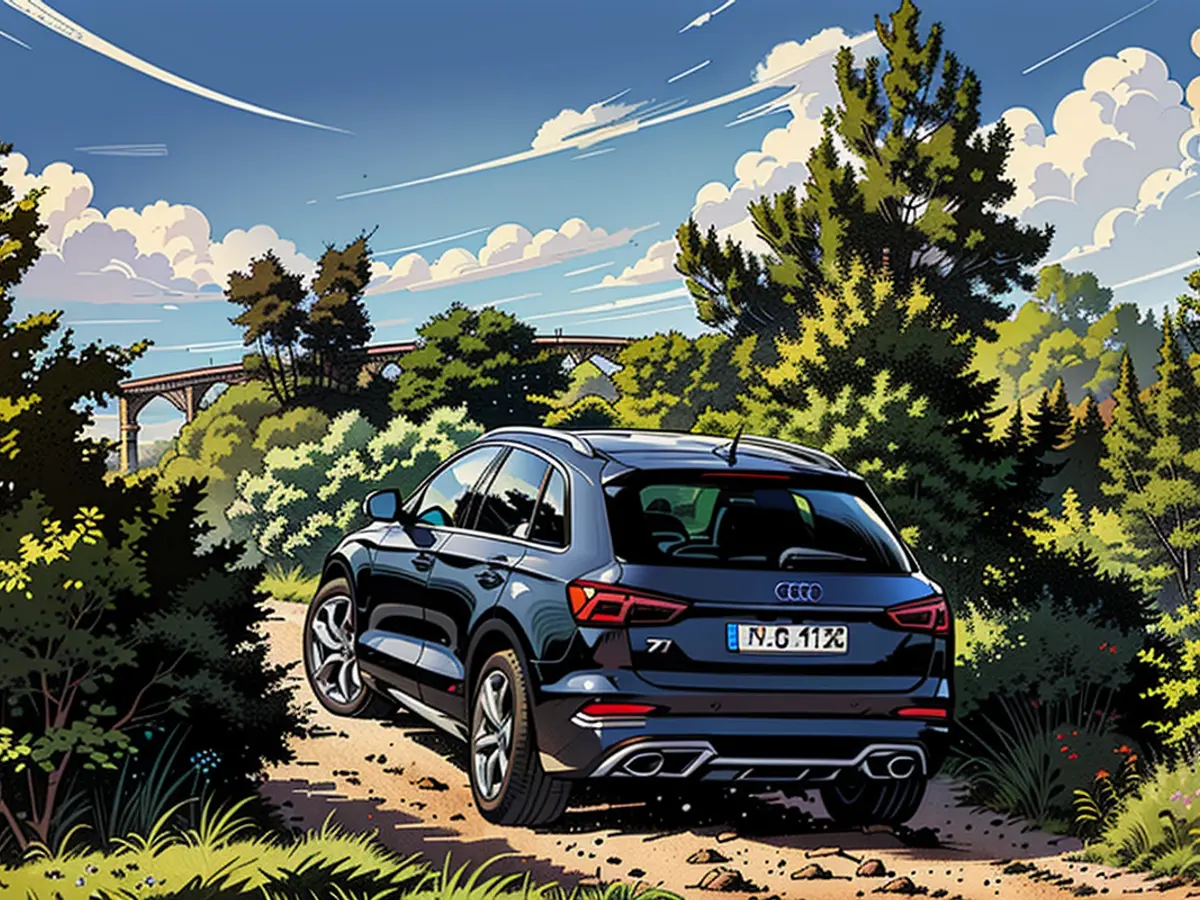
Anyone driving a Q6, according to Audi's promise, will at least consume relatively little electricity. The range is between 17 and 19.6 kWh per 100 kilometers in the standard WLTP cycle. This translates to a range of up to 625 kilometers.
Apart from the pending test to determine how long the battery actually lasts, it would also be interesting to know how quickly it recharges back into the battery. And yes, Audi is introducing a system with an 800-volt on-board network for the first time in the mid-range segment. Regardless of the version, there is a high charging power of 260 or 270 kW for the all-wheel-drive models. This means that only around 20 minutes are required to charge the battery from 10 to 80 percent. And with the Q6, Audi could make a significant contribution to electromobility as a whole. Whether there are enough potential buyers for this offer remains to be seen.
- Audi's portfolio in electromobility includes various models such as the Audi e-Tron SUV and the sport limousine e-Tron GT.
- German carmakers like Audi are investing heavily in electromobility, with the Q6 e-Tron being a significant addition to their electric car lineup.
- With the introduction of the Q6 e-Tron, Audi aims to cater to established middle-aged professionals who are looking for electric SUVs with good range and comfortable driving experiences.
